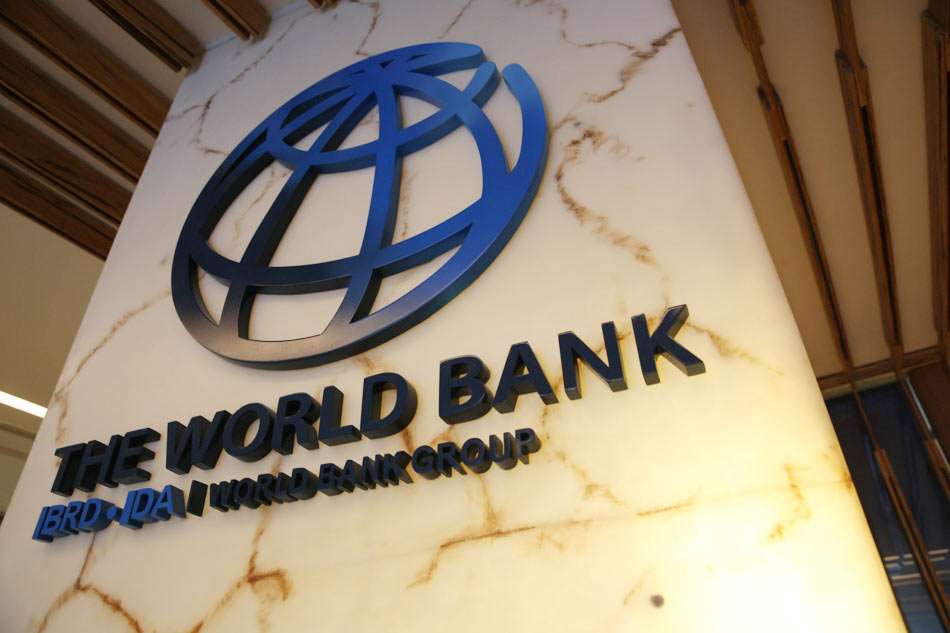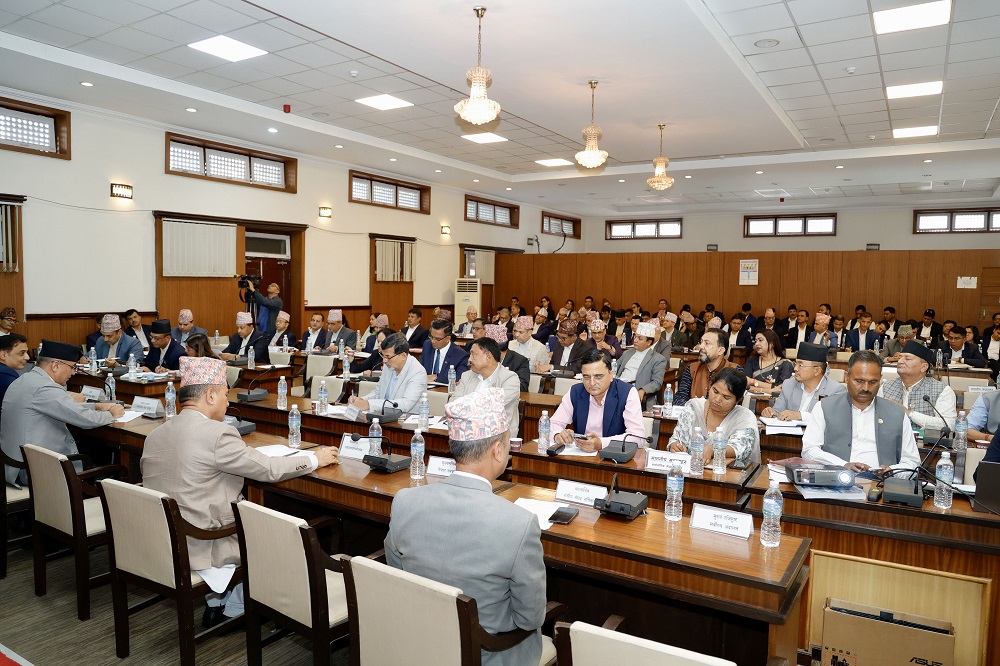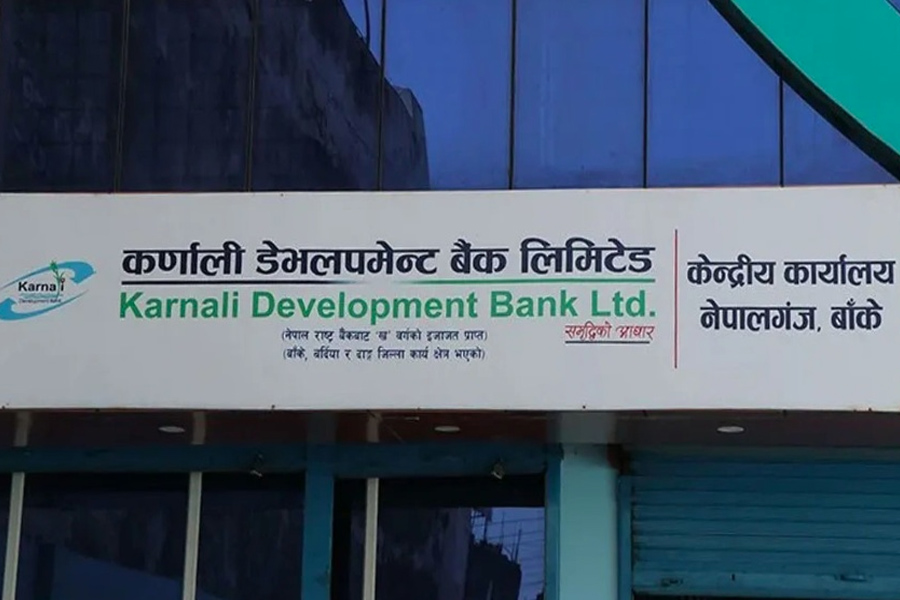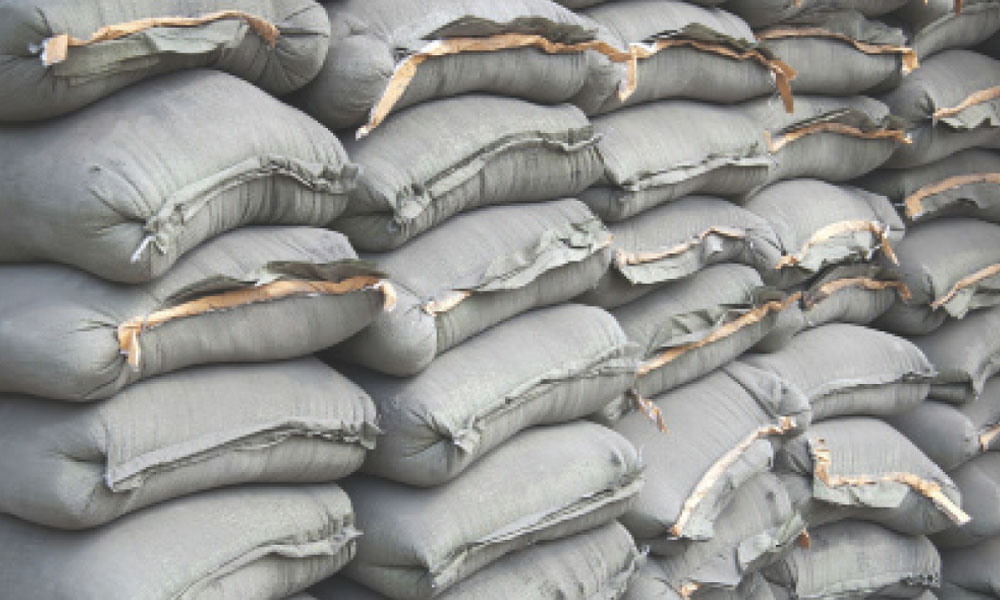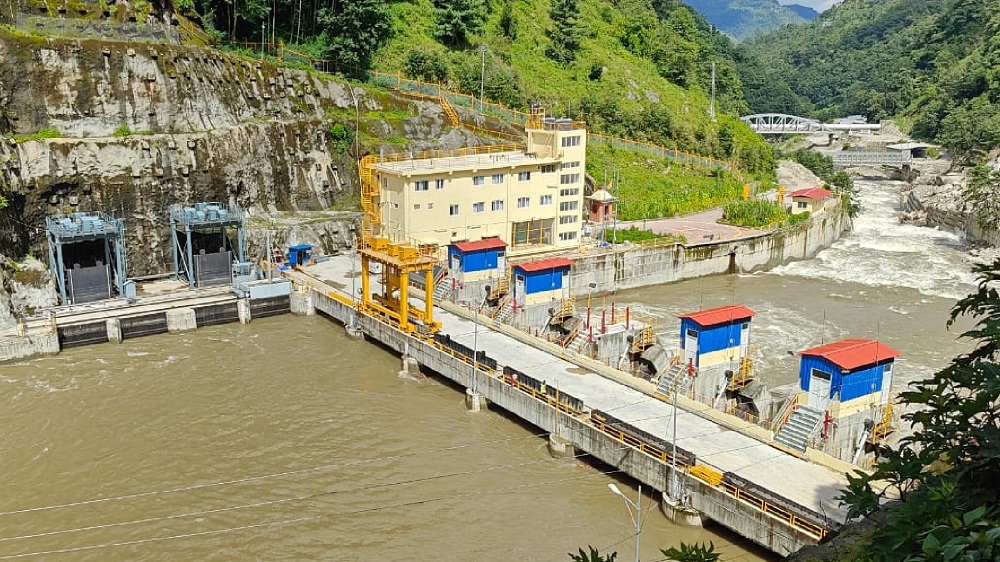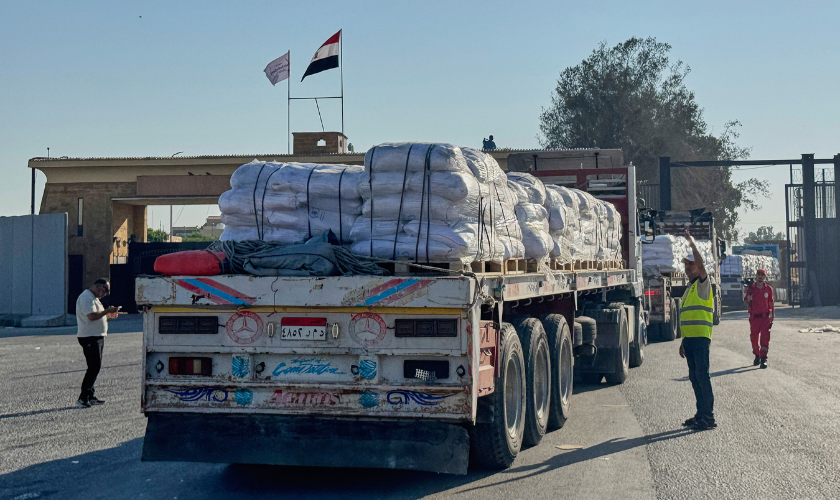Nepal has witnessed a steady decline in foreign aid inflows over the past three fiscal years after the COVID-19 pandemic. According to the Development Cooperation Report 2022/23 released by the Ministry of Finance recently, foreign aid peaked in fiscal year 2019/20 at nearly USD 2 billion during the pandemic year. Since then, aid has declined each year, falling to USD 1.42 billion in 2021/22 and USD 1.37 billion in 2022/23 the lowest in six years.
While the initial drop in aid is attributed to the exceptional spike during the pandemic, the report notes that several additional factors have exacerbated the decline. These include global geopolitical instability, particularly the Russia-Ukraine war, shifting donor priorities, fiscal challenges within the donor countries, and limited project implementation capacity in Nepal.
In the aftermath of the pandemic, many Western donor nations redirected funding toward their own defense budgets and Ukraine-related support. European countries, in particular, have scaled back development assistance. The United States, meanwhile, has restructured its international aid delivery by dissolving USAID and moving its functions under the State Department.
The report emphasizes that the decline in aid commitments should not be seen as a loss of donor interest but rather as a reflection of the need to reallocate limited resources in response to emerging global crises. Nonetheless, the report highlights concerns over Nepal’s ability to absorb and utilize aid effectively.
Dhaniram Sharma, joint secretary at the Ministry’s International Economic Cooperation Coordination Division, noted that disbursements are closely linked to project implementation. Delays in requesting reimbursement even after project completion, he said, have contributed to the shortfall. Former Finance Secretary Rameshore Khanal added that Nepal’s inability to spend committed funds remains a core reason for declining aid inflows.
Nepal's upcoming graduation from Least Developed Country (LDC) status by 2026 may also be playing a role in the reduced concessional assistance. The report suggests that this transition could be leading to a lower share of grant-based aid and cheaper loans.
Despite the recent declines, Sharma stated that foreign aid receipts improved in fiscal year 2024/25, although final figures are still pending. He clarified that while disbursements had decreased, donor commitments remained stable.
In FY 2022/23, Nepal’s top five development partners were the World Bank, the Asian Development Bank (ADB), Japan, the United States, and India. A large portion of the aid came in the form of loans, with the World Bank disbursing 97.3% of its aid as loans, ADB 90.8%, and Japan 84%.
Khanal noted that Nepal will likely continue to access funding from international financial institutions, although more of it will come through higher-cost loans rather than grants. He argued that the country has enough options beyond the World Bank and ADB to secure financing from global markets if needed.
The report also shows a significant drop in on-budget and on-treasury foreign aid, funds that flow through the government’s budget and treasury systems, despite Nepal’s official policy of maximizing such channels. In FY 2022/23, on-budget aid fell by 5.6% to USD 1.10 billion, while on-treasury disbursements declined 37.7% to USD 481 million. Conversely, off-budget aid, which is disbursed outside government systems, rose 4.7% to USD 309 million.
According to Sharma, one reason for the decline in on-treasury aid is the growing tendency of donors to directly pay contractors and suppliers, particularly in large infrastructure projects such as those managed by the Nepal Electricity Authority. He attributed this shift to bureaucratic inefficiencies and prolonged reimbursement processes on the government’s side, prompting both donors and officials to prefer direct disbursement models.
As Nepal moves toward LDC graduation, the shift toward loans and reduced concessions in aid could place additional fiscal and project implementation pressures on the government. The report underscores the need for institutional reforms to enhance aid absorption capacity and align national systems more closely with evolving global donor practices.


